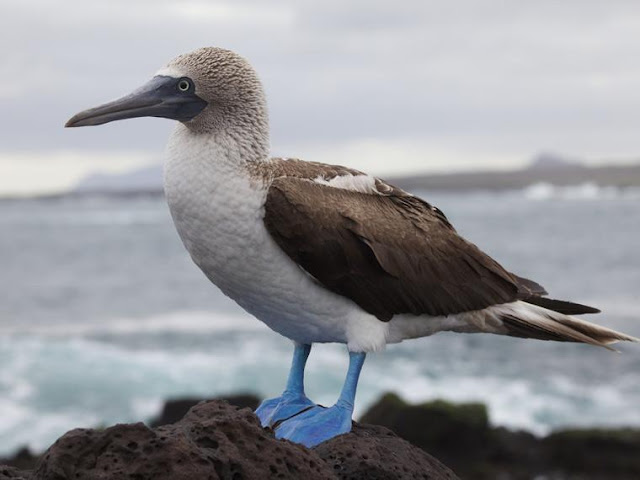Wild animals also age
Índice
Until a few years ago, the scientific community defended the belief that wild animals died before getting old, mainly by the action of predators or by the presence of parasites. However, the elements opposed to them in a habitat or hostile ecosystem do not manage to get ahead completely over time. It was not until 2011 that aging and senescence in nature were first demonstrated.
The first animals that were monitored to determine their pattern of aging were the blue-footed boobies (Sula nebouxii).
These birds are especially long-lived and inhabit the Pacific coast between Mexico, the Galapagos Islands and Peru. The results obtained show that the germ line, the DNA that gives continuity to the following generations, can be damaged with age. Just as the offspring of men whose age exceeds 50 years is more at risk of genetic diseases, the same happens with these birds. The DNA of older birds is damaged and can make their offspring more prone to diseases or mutations.
For the blue-footed boobies, it is precisely the color of their limbs that makes the difference. The coloring of the legs suffers aging and is an indicator of oxidative damage in sperm, so older males tend to have more muted colors, while middle-aged males have a less damaged germ line and more colorful legs. According to the study, females choose males based on the color of the legs and feel less attraction for older subjects, with legs of more subdued colors.
Before this study, the general belief was that senescence, the natural problems or deteriorations of the body associated with the passage of time and age, only manifested in humans and domestic animals because we have a life expectancy much higher than that would correspond to us in a natural way; We live longer than we would touch. However, the discoveries made by Alberto Velando as the main leader of the research show that senescence exists in nature and that it affects the ability to live and reproduce of wild animals.
The results of the research allowed to open a new field of perspectives on what is behind the sexual signals and served as a first indication of the importance of sexual selection to purge genetic mutations.

